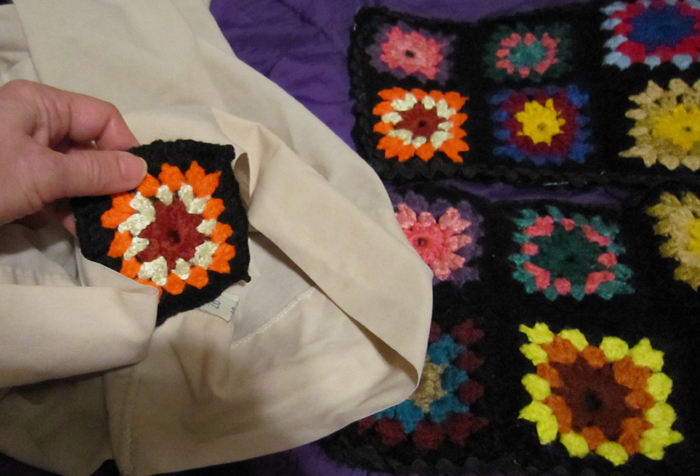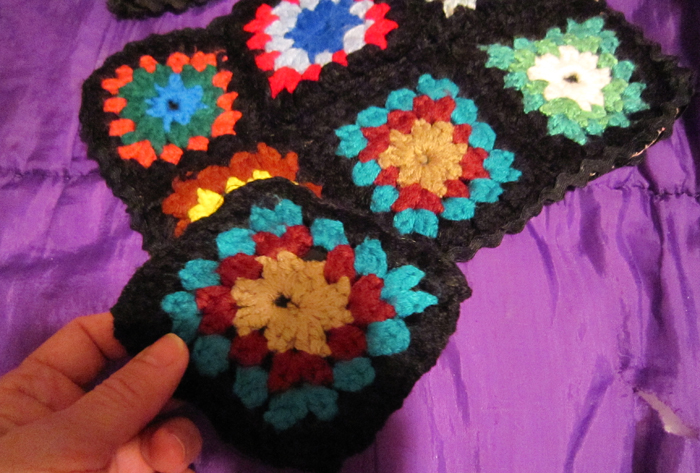Playing the Game
Each child selects a mat. If four children play the game, each child
gets one mat. If two children play, each child gets two mats etc.
Place the individual squares in a bag. A pillow case would work.
Have each child pick one square in turn.

If the square matches one of the squares in his or her mat, the child then places the individual square over the matching one
in the mat. If the square the child has picked does NOT match,
it is placed on the table.
The next child then gets a chance to pick a square from the pillow case. OR...he / she is allowed to choose the square on the table (previously picked by the first child) if that square matches one in his / her mat.


The game is over when one child covers all the squares in his or her mat.